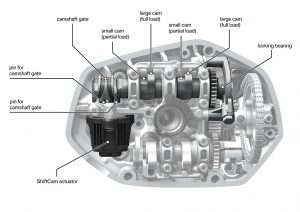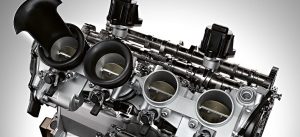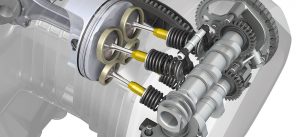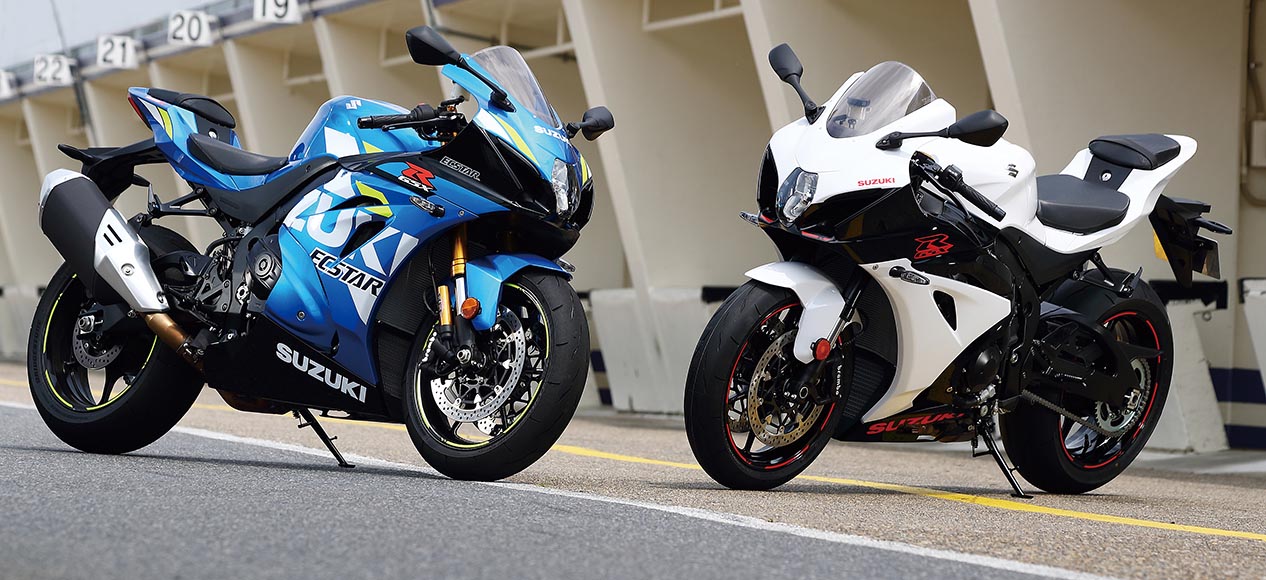The autumn of 2019 saw a raft of new bikes hitting motorcycle shows around the world and all of the brand-new models going on sale in Europe this year are being touted as ‘Euro5 compliant’, but what does that actually mean?
Putting it simply, Euro5 is the very latest legislation that covers the engine noise and emissions regulations to which all manufacturers selling motorcycles in Europe must adhere from January 1, 2020.
Euro5 is a shortened version of the real legislation’s full title; ‘Regulation (EU) 168/2013 on the approval and market surveillance of two or three-wheel vehicles and quadricycles’. Not such a catchy name for sure, so Euro5 it is!
Dating back to an original implementation date of 2013, this piece of EU legislation approved plans that worked on an incremental tightening of emissions and noise controls that began with Euro4 from January 1, 2016 for newly homologated vehicles, and a year later for carryover models.
At the end of 2017 there was a rush to get bikes sold as many were no longer going to pass the laws and would not be eligible to be sold as road-registered bikes. After 2016 there was a two-year grace period for existing models to be sold under a rule called ‘derogation’ but this is now coming to an end and we are seeing the results of that change, with models either being ditched completely or heavily redesigned to meet the new rules.
This process will no doubt continue throughout 2019 as existing models run out of clearance to be sold and will either need to be modified to meet Euro5 or, if this isn’t economically viable, be dropped or replaced with all new models that can more easily made to meet the legislation for the coming years.
The Brexit outcome is not something that will have much of an impact on this because it’s unlikely the UK; no matter what trade terms are accepted after the Brexit outcome, will be any different to those used across the current EU. The Euro5 rules are now widely accepted as the global standard by almost all manufacturers who wish to sell large capacity bikes to mature markets like the EU and the UK.
What does Euro5 actually mean?

Boiled down to the essential elements, Euro5 exhaust emission limits are significantly reduced than under Euro4 rules.
Finding space to install new emissions control equipment is always a challenge, while there is an increased cost in developing new engines that can pass the controls. While Euro5, when compared to Euro4, is a significant change it represents a smaller leap that that between Euro3 and Euro4 in previous years. However, as the margins of change become smaller, the impact of the changes is much harder to achieve, as the emissions controls under Euro4 were already strict.
The current Euro4 rules govern the levels of carbon monoxide (CO) along with hydrocarbons (HC) and nitrogen oxides (NOx) but as well as reducing all of these levels, Euro5 now adds in the challenge of limiting non-methane hydrocarbons and this is the toughest part of the process as it’s technically complex and expensive to achieve.
Hydrocarbons are a by-product of the engine’s combustion process of mixing fuel and air which can leave an unburnt element in the exhaust system. These hydrocarbons can escape the combustion chamber and even make it past the exhaust catalyst and make it out into the air we breathe.
The challenge is trying to make the combustion process as controlled and efficient as possible, while trying to balance as lean a mix of fuel and air as possible but still leaving enough unburnt element to allow the catalyst to work at its best efficiency.
Inevitably, we are going to see the cull of some motorcycles which cannot be made Euro5 compliant. The reasons they cannot be made to work within the new regulations is usually because the engineering challenges don’t match up with the economic side of things. Low volume bikes just aren’t worth the expense of making them work within Euro5 rules.
It’s not just motorcycles that are having to adhere to new emissions rules, cars, vans, coaches and trucks have all been doing the same for years too; although the main difference is the space they have available to hide new emissions equipment and the difference a small amount of additional weight makes to the overall kerbweight. This is a particular problem on bikes.
Also, motorcycle engines rev higher than others on the road and if this is an engine that’s aimed at delivering performance and power, this creates even more issues as valve duration and valve overlap both create issues with unburnt gases being able to escape the combustion chamber and exit through the exhaust.
While an exhaust catalyst can capture and burn off almost all of these gases, they do rely on being up to working temperature in order to achieve that. When an engine is cold, the fuel mixture needs to be made richer to start the motor in the first place and this combines with a cold catalyst to create big problems.
Catalysts are full of expensive precious metals and finding somewhere to put them (and make them look nice) is a challenge. In order to avoid the catalyst being ever bigger, engineers have been working hard to make sure combustion, valve overlap and engine efficiency are as good as they can be; this avoids large amounts of hydrocarbons escaping in the first place.
The results we have seen in new bikes in recent years include variable valve timing, carbon capture canisters, extra lambda sensors on exhausts, ride-by-wire throttles and larger exhaust silencers. Euro5 also covers noise from the engine and this includes both static and ride-by tests. Many new engines have been fitted with internal noise supressing plastic or foam parts in order to reduce the mechanical noises from inside the engine. Metal surface treatments to reduce friction are also now more commonly used.
Bigger engines

One common thread seen in a large number of recently updated existing models has been an increase in overall engine capacity. This has the advantage of offsetting the new emissions and noise controls, maintains power and is easier to control the emissions output too. Examples include the latest Triumph Tiger, moving from an 800 to 900cc engine, and the BMW boxer range, which has gained 84cc and variable valve timing, as they morph from the R1200 to R1250.
Variable valve timing (VVT) is one of the most efficient ways performance engines can deal with the problems they face with long periods of valve duration and overlap as VVT can basically give the engine a split personality.
At low revs the valve timing can be kept at a level where the emissions are under control and the engine can still work at the lower end of the rev range. At higher revs the timing changes to give the performance required with longer valve duration and overlap. While VVT has been seen on numerous bikes over the past few years like the Ducati Multistrada 1200 DVT, Suzuki GSX-R1000 and the BMW S1000RR with the new ShiftCam VVT system, even models like the BMW R1250GS now have a VVT system in place as it’s the most efficient way of dealing with the problem.
What about electric motorcycles, hybrids and turbocharging?

It’s certain that electric motorcycles and scooters are going to play an increasingly important part of the mix in the coming years and while there are a few mainstream manufacturers who have taken the plunge so far, this will be increasing when it comes to commuter and city transport in particular on coming years.
Hybrids are now commonplace on many cars but we return to the big issue with bikes and that’s the available space to put this extra technology, which needs a battery and the charging systems to work it. The same can be said of turbocharging but as turbos have been increasingly used on cars, that technology has become much smaller and cheaper so there are greater chances of this being used on future generations of motorbikes.
What a turbo can do is give a smaller capacity engine (say 500 to 700cc) and with fewer cylinders, but give clean power figures equivalent of a much larger engine. While there have been some concept bikes like the Suzuki Recursion shown in recent years, there’s no actual sign of a production bike yet. This is a trend that’s been common in the car world, where super efficient turbocharged one litre, three cylinder, engines have replaced less efficient naturally aspirated four cylinder units around in the 1.3-1.5 litre range in supermini type vehicles like the Ford Fiesta.
All of these potential engineering innovations will be stimulated by future legislation; just as technology like fuel-injection, ABS braking systems, ride-by-wire throttles and variable valve timing have been to date. All of these have had a positive impact on motorcycle engineering, driving future innovation which will be important to all of us enjoying motorcycling for years to come.



